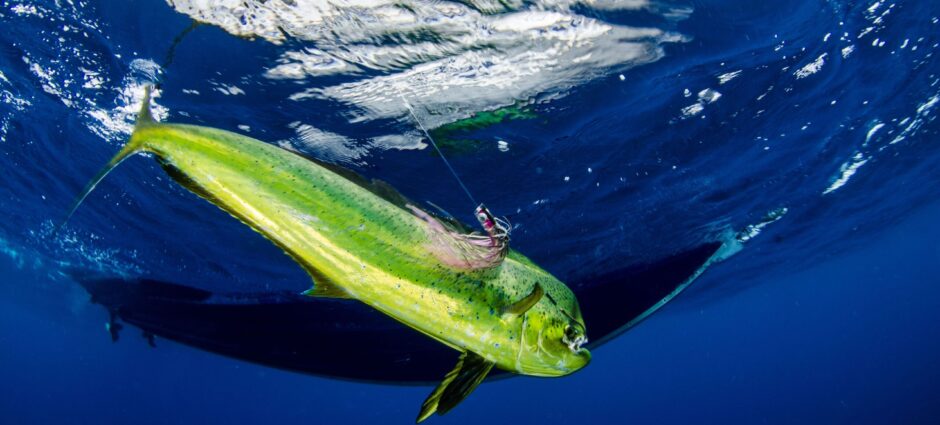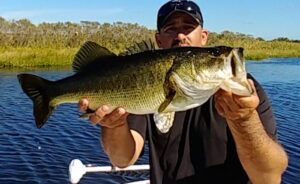Habitat
Mahi Mahi are found offshore in open water. Schools of mahi mahi can often be found around large weedlines of sargasso seaweed, floating grass, palm trees, floating boards and many other types of floating debris.
Fishing Rigs
sdf
Live & Natural Baits
sdf
Rod & Reel Recommendations
sdf
Fishing Line Recommendations
sdf
Eating Mahi Mahi
Mahi Mahi taste excellent. There are a variety of ways to cook them up and they all work well. This is a very popular fish to eat.
Recommended Tackle
The type of fishing will dictate how heavy or light you go with the tackle. Some anglers go fairly light with medium heavy action rods and reels and 15 pound test line as they sight fish with live bait right next to the boat. For most anglers 20 to 30 pound test line is the norm. Many anglers will use a heavier fluorocarbon leader in the 40 to 50 pound range. Heavy action rods are better for handling the bigger fish.
Offshore Fishing for Mahi Mahi
Mahi Mahi, also known as dolphin fish, are one of the most popular fish that you can catch offshore. Trolling with ballyhoo is one of the most popular ways to target this fish offshore, but you can also catch them by casting with artificial lures, live bait or even fly fishing equipment. Mahi Mahi will often school up around floating debris that is found in offshore waters. You may find them around large weedlines of sargasso seaweed, floating grass, palm trees, floating boards and many other types of floating debris. Once you find the mahi mahi, it is very common to chum with live bait, such as pilchards, to keep them near your boat. It is not that difficult to keep the school feeding near your boat if you have enough chum and you can pick off one fish after another while they are feeding on your chum. Anglers usually use medium to medium-heavy action rods with 30 to 50 pound test line.


